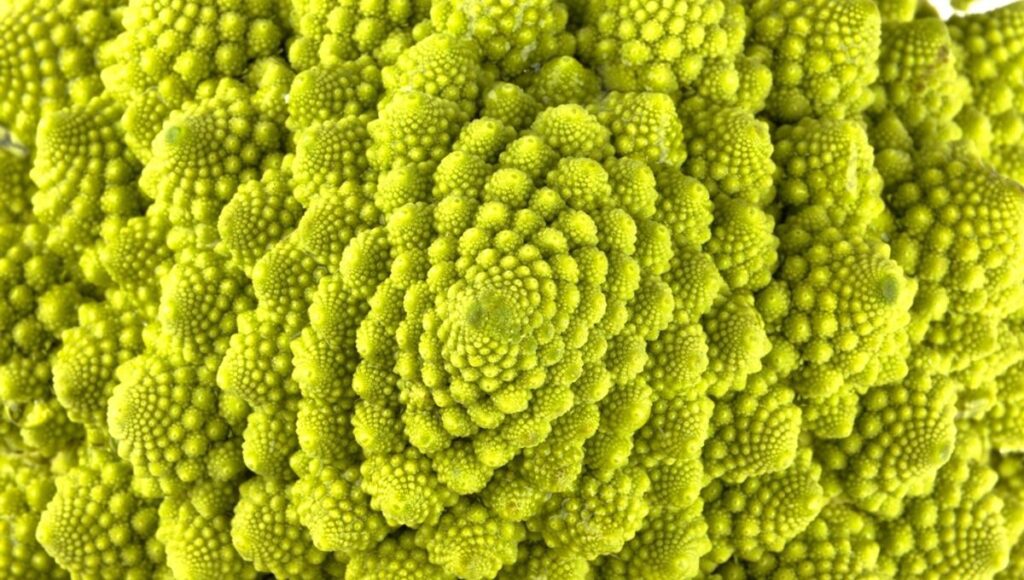The article discusses a significant finding in botany regarding the Fibonacci sequence, which has traditionally been thought to explain leaf arrangement in many plants. It highlights the discovery of the ancient club moss, Asteroxylon mackiei, an over 400-million-year-old species that challenges this notion. Unlike modern plants that often display Fibonacci spirals, Asteroxylon shows a non-Fibonacci leaf arrangement.
Researchers used 3D printing to analyze the plant’s structure, revealing that its leaves grew in a ring along the stem rather than in typical spirals. This study, led by Dr. Sandy Hetherington and published in Science, suggests that the evolutionary path of leaf arrangements in plants may not stem from ancient species like Asteroxylon, but rather evolved separately through time. Thus, the Fibonacci pattern in plants today may have developed independently, reshaping our understanding of plant evolution.


